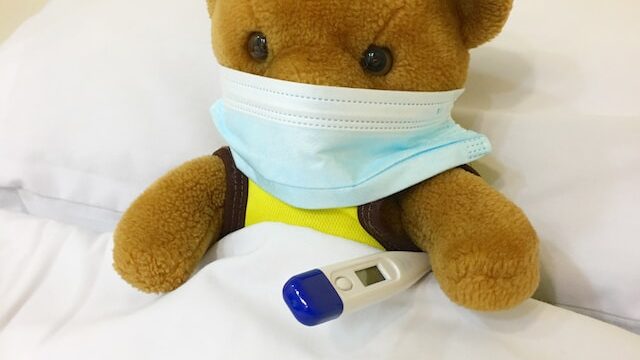Overview
A hereditary disease is any condition caused by abnormality in a person’s genetic makeup/ genome. It can range from major to minor abnormality- from a gross abnormality involving subtraction/ addition of a whole chromosome/ set of chromosomes to a distinct mutation in one base of a particular gene’s DNA.
Some hereditary diseases are passed on from parents, whereas others result from acquired mutations/ changes in preexisting group of genes or one preexisting gene.
In most cases, mutations are caused by environmental exposure. In other cases, however, they occur randomly.
Types of inheritance
Hereditary diseases are usually caused by one of the following types of inheritance:
1. Single gene inheritance
2. Mitochondrial inheritance
3. Multi-factorial inheritance
4. Chromosome abnormalities
Single Gene Inheritance
Also referred to as monogenetic/ Mendelian inheritance, single gene inheritance occurs as a result of mutations/ changes in a single gene’s DNA sequence. There are over 6,000 single-gene hereditary diseases, and most of them occur in approximately 1/ 200 births.
Examples of disorders caused by this type of inheritance are; cystic fibrosis, hemochromatosis, sickle-cell anemia, Huntington’s diseases as well as Marfan syndrome.
Mitochondrial inheritance
This is a type of hereditary disorder caused by changes/ mutations in mitochondria’s non nuclear DNA. Mitochondria are minute round organelles found in cytoplasm of cells of both plants and animals. They play an important role in cell respiration.
Examples of hereditary diseases caused by mitochondrial inheritance include; Leber’s optic atrophy, MELAS dementia and myoclonic epilepsy.
Multi-factorial inheritance
These are disorders caused by an amalgamation of mutations in manifold genes and environmental factors. For instance, genes that usually cause breast cancer vulnerability have been discovered on chromosomes six, eleven, thirteen, fourteen, fifteen, seventeen and twenty-two.
Examples of multi-factorial hereditary diseases include; heart disease, obesity, hypertension, cancer, Alzheimer’s disease, diabetes as well as arthritis, among others.
This type of inheritance is similarly associated with genetic traits like fingerprint patterns, skin complexion, height and color of the yes.
Chromosome abnormalities
Chromosomes are distinct structures that consist of protein and DNA, and are found in cell nuclei. Given that they’re primarily responsible\le for carrying genetic material, abnormal structure and/or number of chromosomes can cause hereditary diseases. The major cause of abnormalities is complications during the processes of cell division.
Chromosome abnormalities can cause diseases like Down syndrome, Cri-du-chat syndrome, Turner syndrome and Klinefelter syndrome as well.


